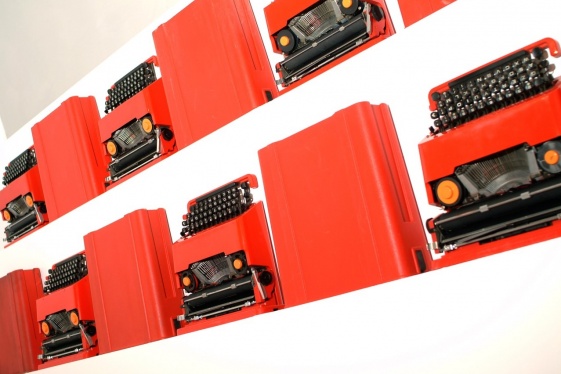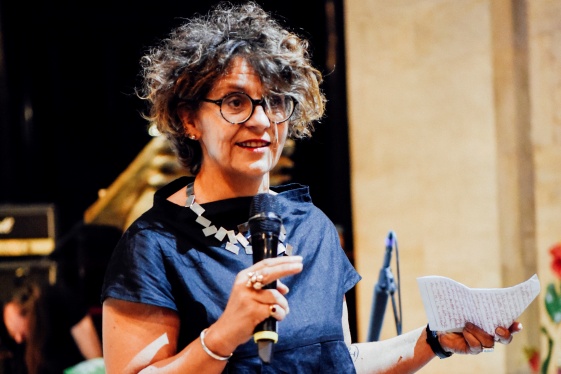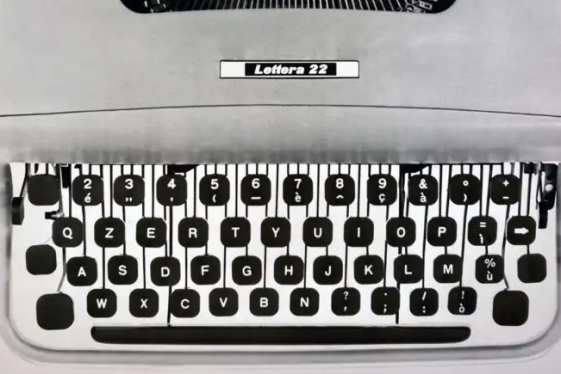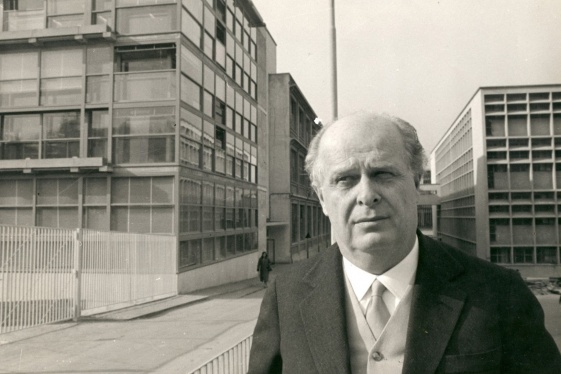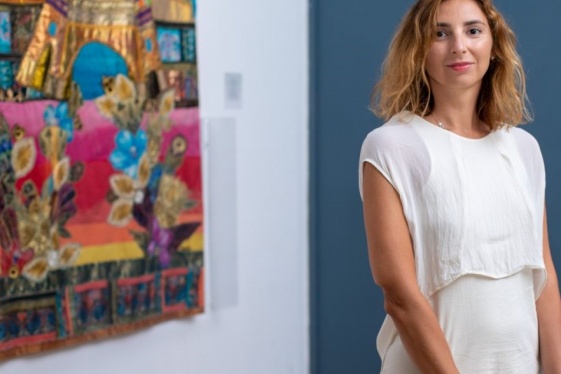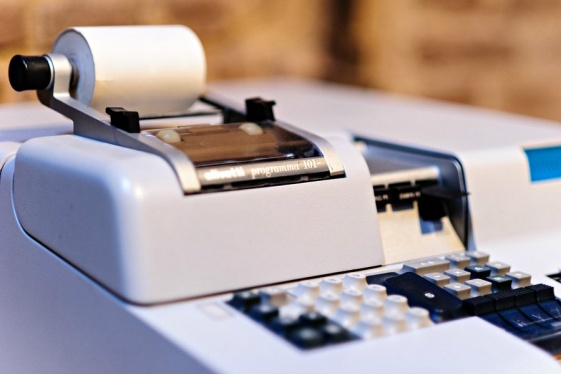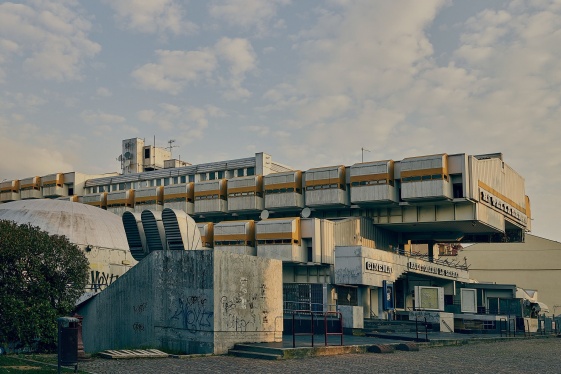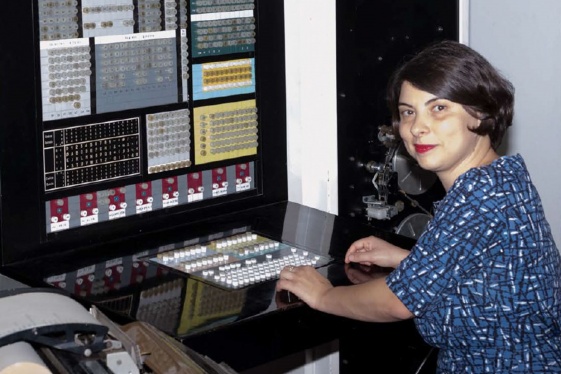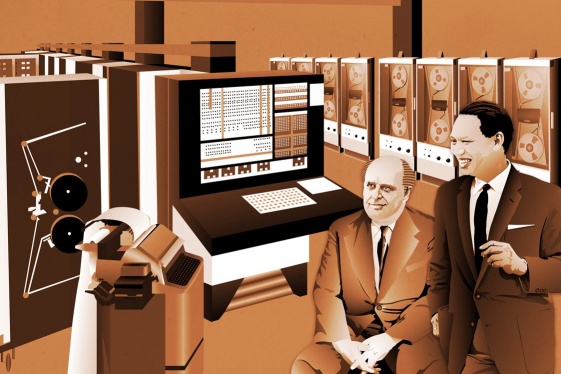How Adriano Olivetti and One Typewriter Symbolized the Keys to Work-Life Balance
Italy’s original typewriter wouldn’t exactly have been the best fit for the cramped shared co-working spaces and unconventional remote-work setups of today. Manufactured in 1911 by workers at the Olivetti typewriter factory in Ivrea, near Turin, the cumbersome Olivetti M1 was black, crafted from cast iron and weighed nearly 38 pounds (17 kilograms)...
READ MOREOlivetti: the Italian pioneer of the startup culture
In the annals of business history, few companies have left as indelible a mark as Olivetti. Founded in 1908 by Camillo Olivetti in Ivrea, Italy, the company began as a small workshop with a mere 20 workers and a capital of 350,000 lire. Who would have thought that such humble beginnings would develop into a multinational corporation that was to bec...
READ MOREElena Dellapiana (Author of the book “Il design e l'invenzione del Made in Italy”)
There is an extraordinary description of Made in Italy as seen from the perspective of design in the book “Il design e l'invenzione del Made in Italy” (Design and the Invention of Made in Italy) by Professor Elena Dellapiana. It is a theme that intersects with the United States several times, even in the introduction of the "Made in Italy" brand, w...
READ MOREOlivetti as the mirror of the evolution of Italian design
Fifty years – those ranging from 1954 to 2001 – are the time span in which Italy went from an agricultural economy to the first personal computers. A transition in which Olivetti had the role of the protagonist, shaping and leading the technological future of the country with an unprecedented and ambitious vision. In this half-century, during which...
READ MOREItalian culture and history: Ivrea Industrial City of the Twentieth Century
"Ivrea Industrial City of the Twentieth Century" is the 54th Italian UNESCO site. The recognition was deliberated during the work of the 42nd World Heritage Committee of the United Nations Educational, Scientific and Cultural Organization. An important recognition for a positive idea (the possible "humanization" of industrial and social transformat...
READ MOREThe 400 year old secrets of Italian feminists in Italy - life & culture
In 1620, Rachel Olivetti – the daughter of an aristocratic Italian Jewish family – married her fiancé Judah Leone from the famous Montefiore line. Before the couple got married, Olivetti decided to make a gift for her fiance’s family: an ornate, hand-embroidered parochet (Torah ark curtain) made of fine fabrics in dark red and gold. But Olivetti’s...
READ MOREBill Gates, Say Grazie! How Olivetti Invented The First PC
"I dreamed of a machine able to learn and then quietly execute, a machine that allows us to store instructions and data, but whose instructions were simple and intuitive; a machine that could be used by everyone, not just a handful of specialists. For this to be possible it had to be affordable, above all, and be about the same size as the other of...
READ MOREUtopia, Abandoned
In the 1950s, the small town of Ivrea, which is about an hour’s train ride north of Turin, became the site of an unheralded experiment in living and working. Olivetti, a renowned designer and manufacturer of typewriters and accounting machines, decided to provide for its employees through retirement. They were given the opportunity to take classes...
READ MOREThe Last Working Olivetti Mainframe Sits In a Tuscan High School
About 10 years ago, Elisabetta Mori and some friends were doing research for an art exhibit on the theme of “archives of memories.” “We approached the theme literally, and so we looked for old examples of physical memories—computer memories,” Mori recalls. “We tried to see the oldest computers built in Italy.” At the Museum of Computing Machinery i...
READ MORERediscovering the Remarkable Engineers Behind Olivetti’s ELEA 9003
The Chinese-Italian engineer Mario Tchou was, by all accounts, brilliant. Born and raised in Italy and educated in the United States, he led the Olivetti company’s ambitious effort to build a completely transistorized mainframe computer in the late 1950s. During Mario’s tenure, Olivetti successfully launched the ELEA 9003 mainframe and founded one...
READ MORE



